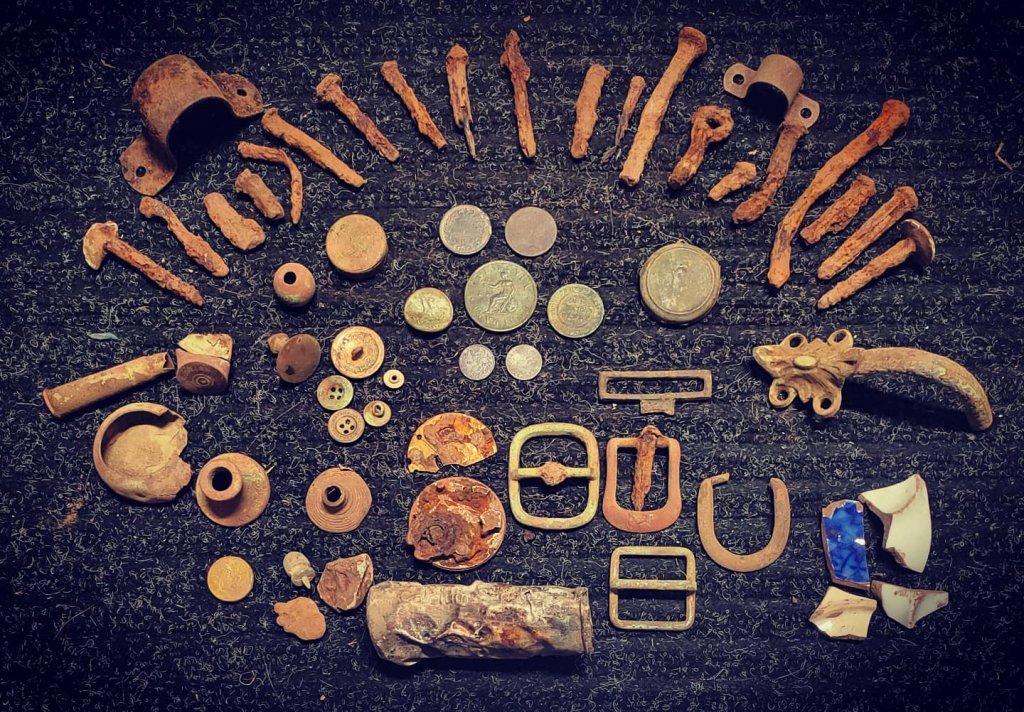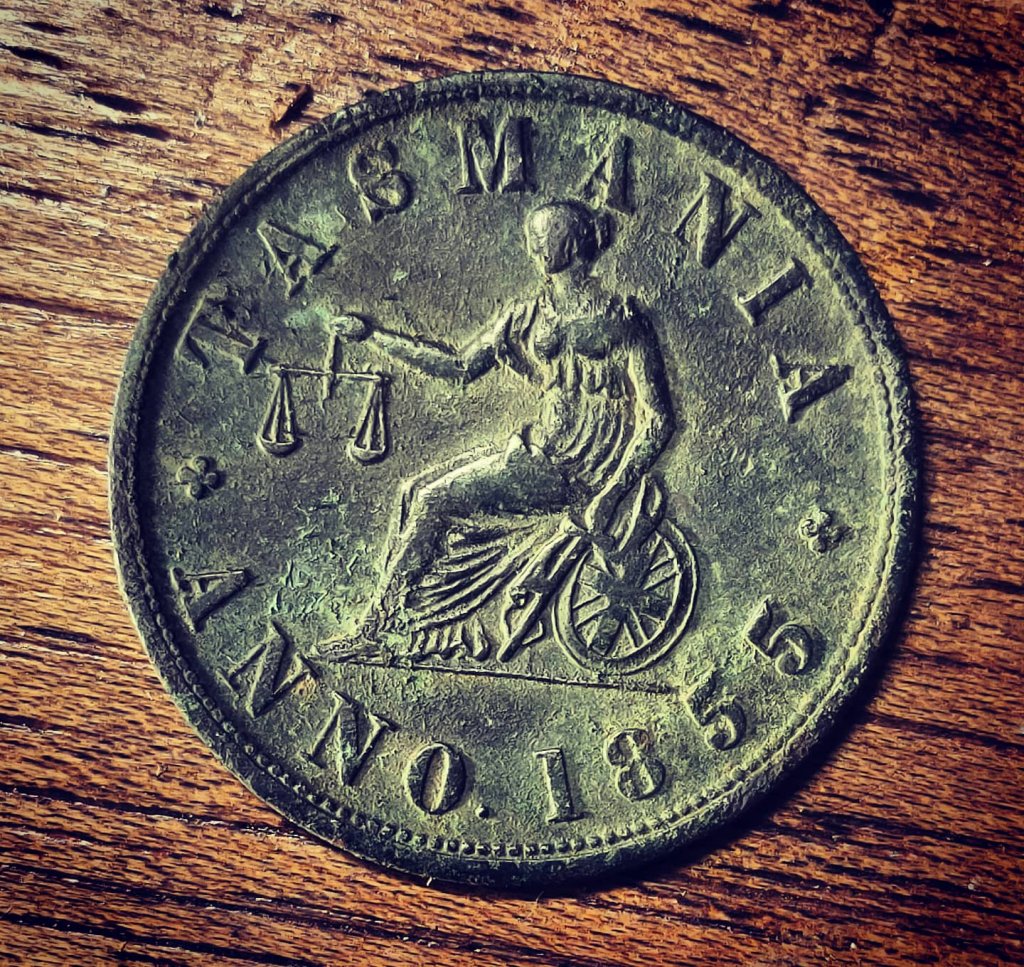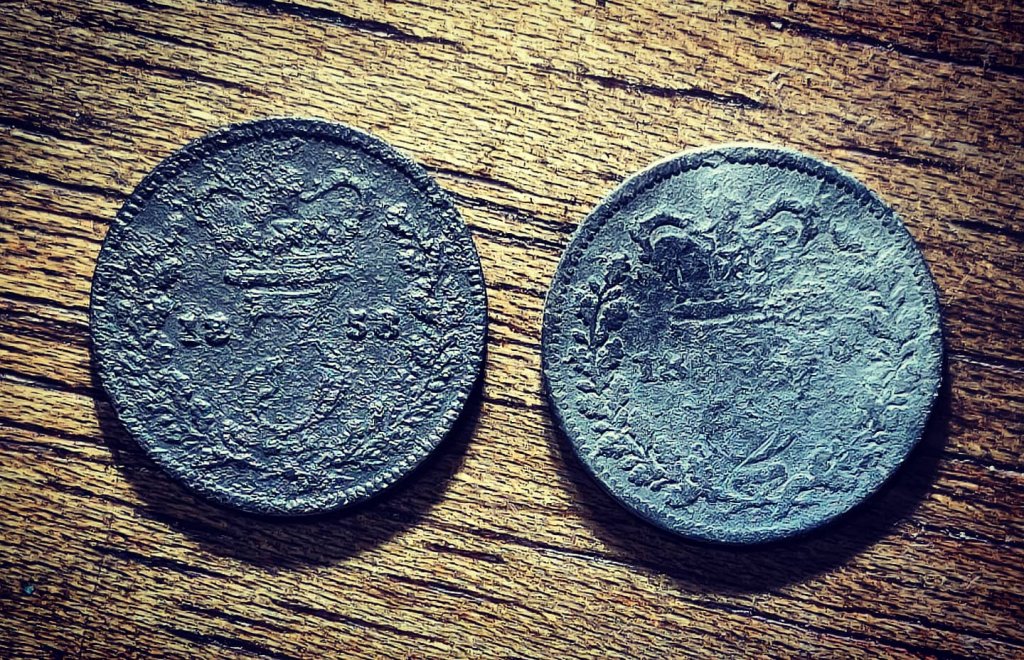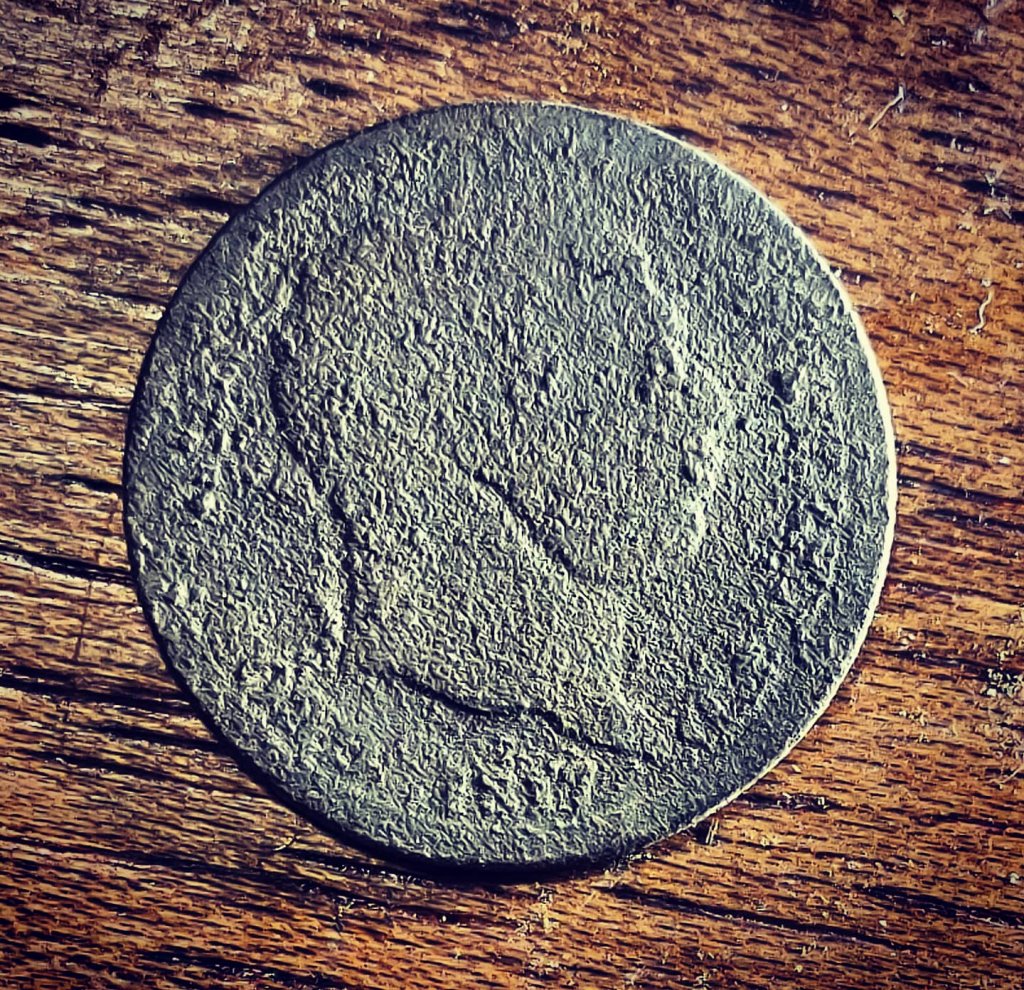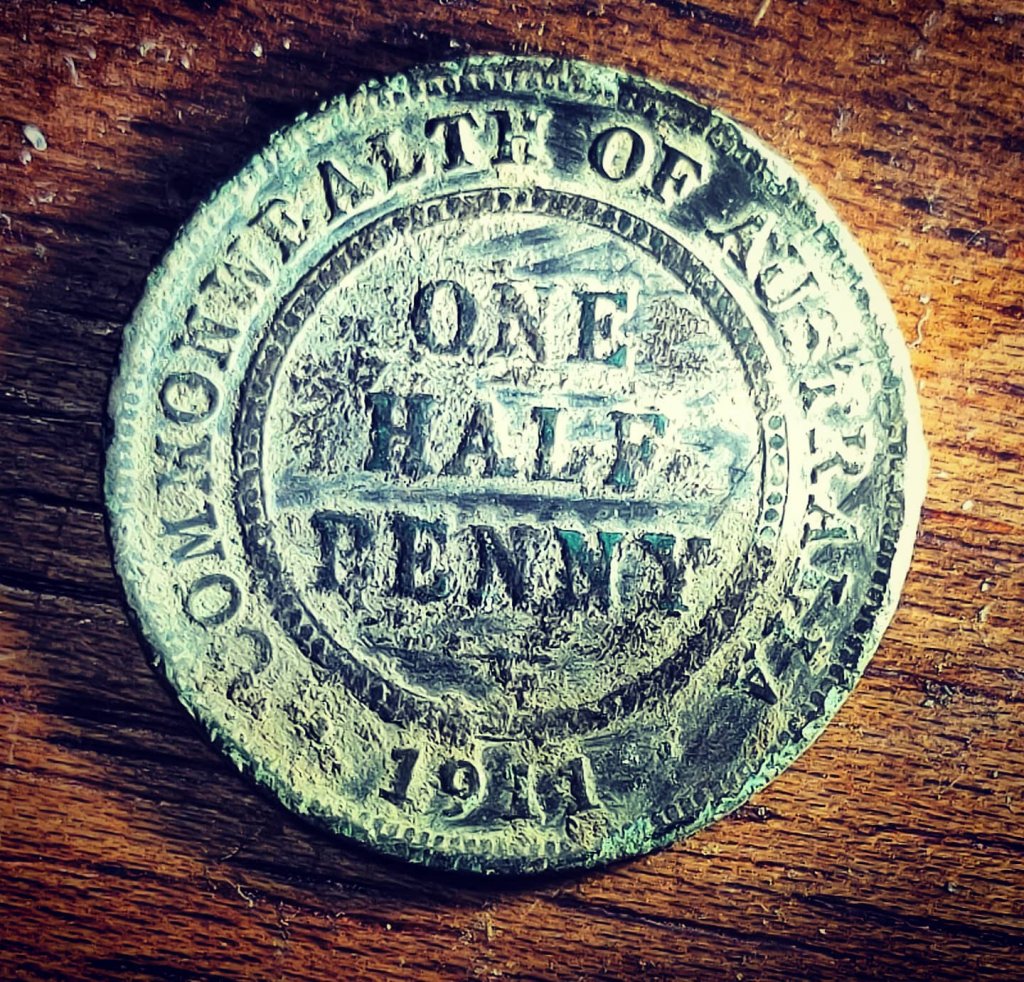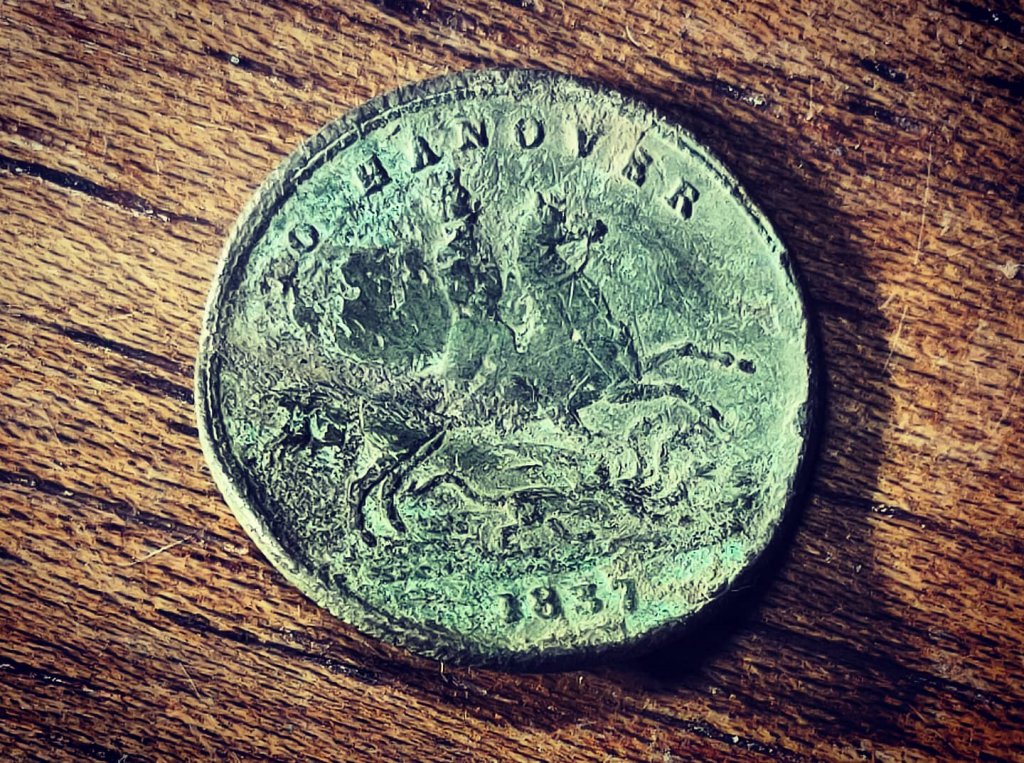- Joined
- Mar 28, 2019
- Messages
- 593
- Reaction score
- 2,490


it's only the second one I've found with a dateGuessologist said:Nice, never seen a Paris-type buckle with a date on it like that!
Cheers Greg, but hands Up who has found one?Eldorado said:3.2 million minted.Considered a scarce date to find.


